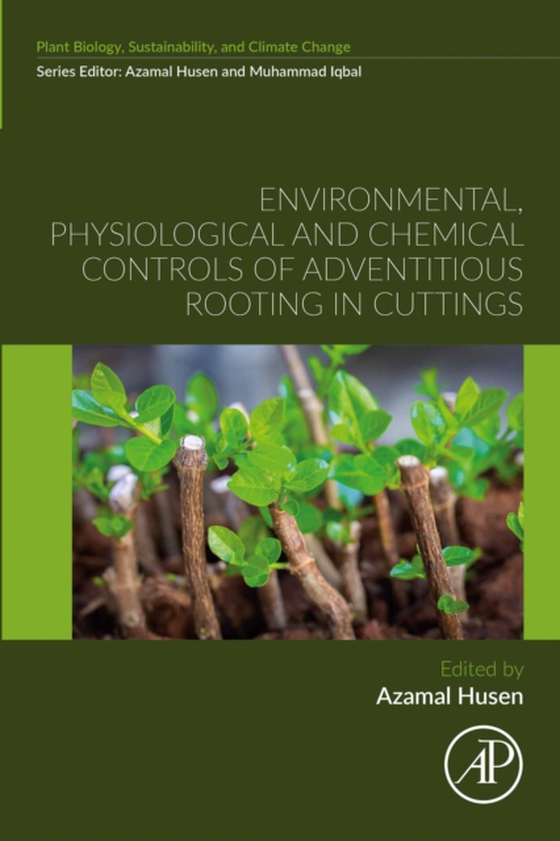
Environmental, Physiological and Chemical Controls of Adventitious Rooting in Cuttings e-bog
2190,77 DKK
(inkl. moms 2738,46 DKK)
Environmental, Physiological and Chemical Controls of Adventitious Rooting in Cuttings provides a review of the environmental, physiological and chemical controls of adventitious rooting in cuttings obtained from plants. In plants, adventitious roots, which are highly useful for vegetative propagation (or clonal propagation) are produced mainly from leaves, hypocotyls, stems or shoots. Vegetati...
E-bog
2190,77 DKK
Forlag
Academic Press
Udgivet
27 maj 2022
Længde
520 sider
Genrer
Botany and plant sciences
Sprog
English
Format
epub
Beskyttelse
LCP
ISBN
9780323998246
Environmental, Physiological and Chemical Controls of Adventitious Rooting in Cuttings provides a review of the environmental, physiological and chemical controls of adventitious rooting in cuttings obtained from plants. In plants, adventitious roots, which are highly useful for vegetative propagation (or clonal propagation) are produced mainly from leaves, hypocotyls, stems or shoots. Vegetative propagation may occur naturally by using propagules such as roots, underground and aerial stems, leaves, buds and bulbils. It may also be done artificially through regenerative organs (rhizomes, bulbs, and corms) and by utilizing specialized methods, like cutting, grafting and layering. This book covers the latest tactics surrounding these processes. As a plethora of factors affect the adventitious rooting of cuttings, adding to the complexity of the phenomenon. The main factors which control adventitious root formation are types of cuttings, presence of leaf area on cuttings, types of hormones and their concentration, duration of hormonal treatment (quick dip, long soak, dry dip, spray dip, or total immerse method), maturation (juvenile or mature), genotype, explant position, and more, all of which are discussed here. Provides a comprehensive and exclusive book on the environmental, physiological and chemical factors associated with adventitious root formation in cutting, with up-to-date literature and lucid illustrations Presents a multidimensional approach and a broad range of explanation on adventitious root formation associated with mature and juvenile cutting Discusses a number of molecular, histological and physiological markers associated with adventitious root formation in numerous plant species Elaborates on how external and internal factors control the cell/tissue initiation, differentiation and overall adventitious root formation in cutting
 Dansk
Dansk

